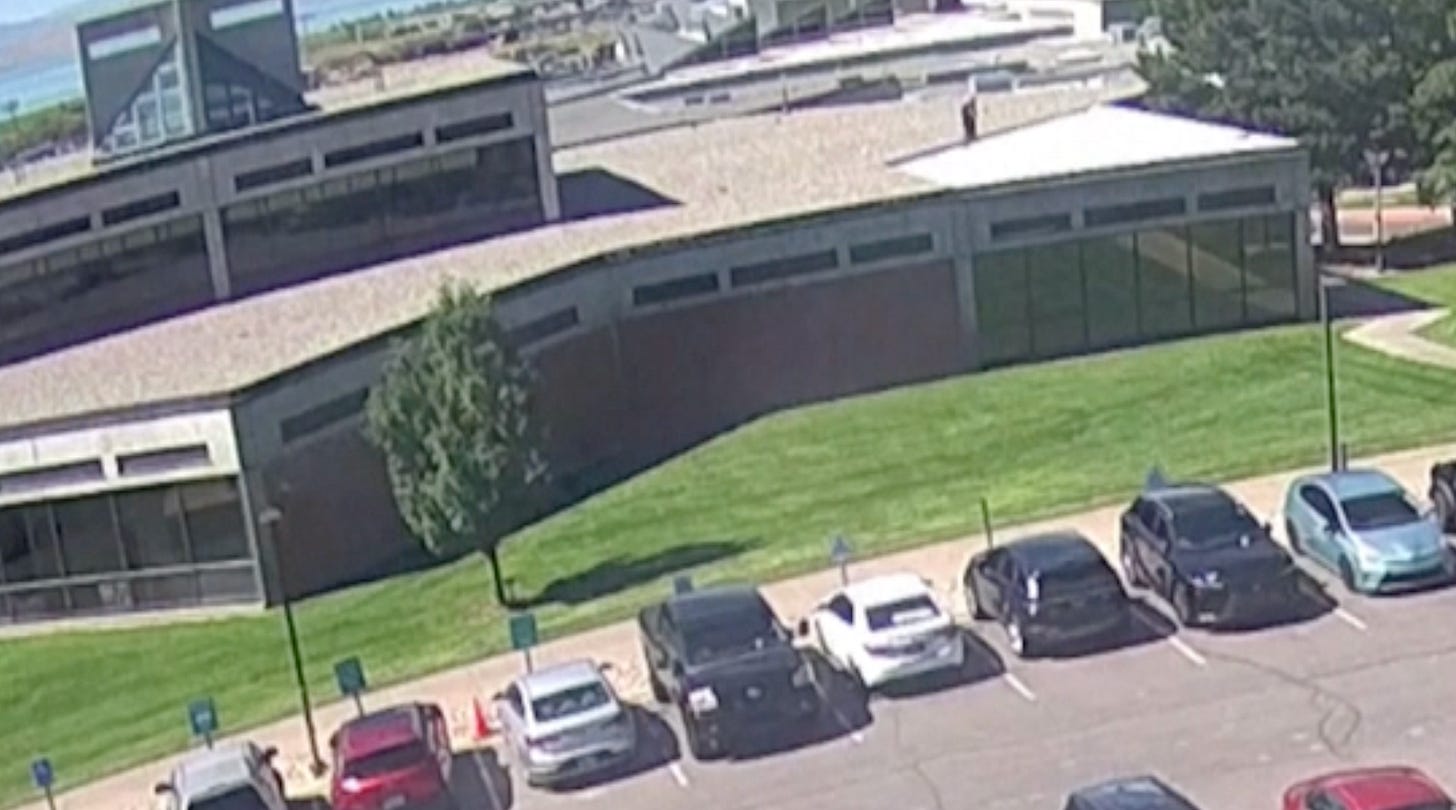REPOST: Blind to the Left — Kirk Assassination Exposes Radicalization Blind Spots Societies Have Ignored
Counter-Extremism Failure Leaves Neo-Marxist and Islamist Threats Unchecked
Editor’s Note
The Bureau has chosen to republish this editorial in light of current events. While there is no confirmed evidence at this stage that the assassination of Charlie Kirk was carried out by…
Keep reading with a 7-day free trial
Subscribe to The Bureau to keep reading this post and get 7 days of free access to the full post archives.


